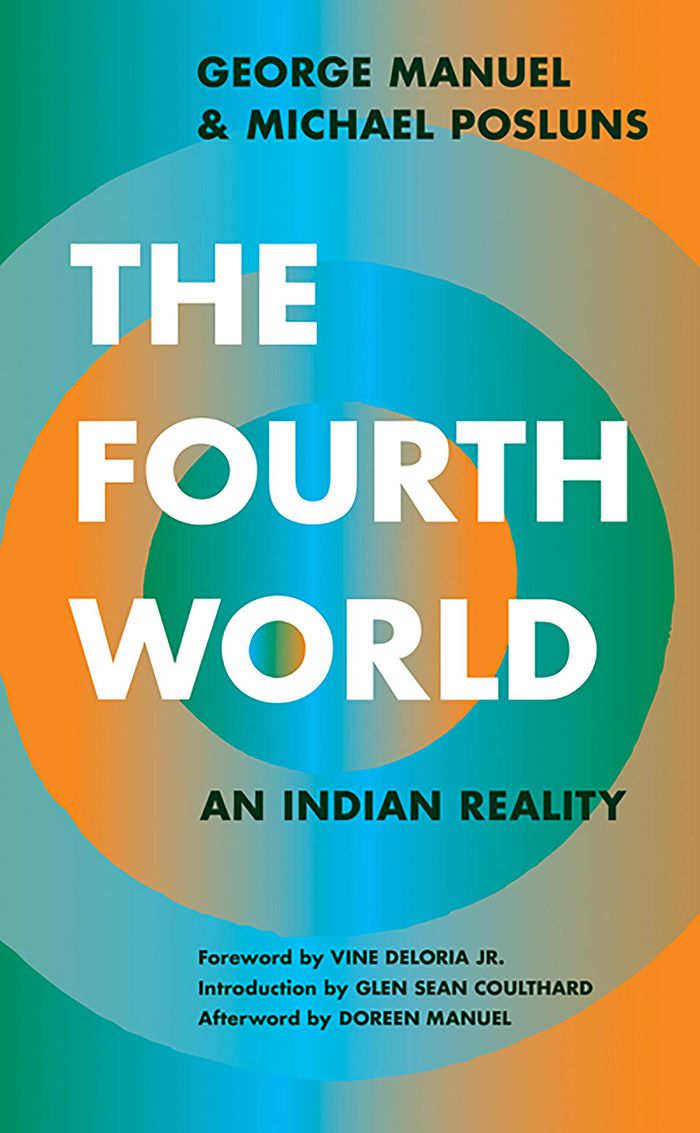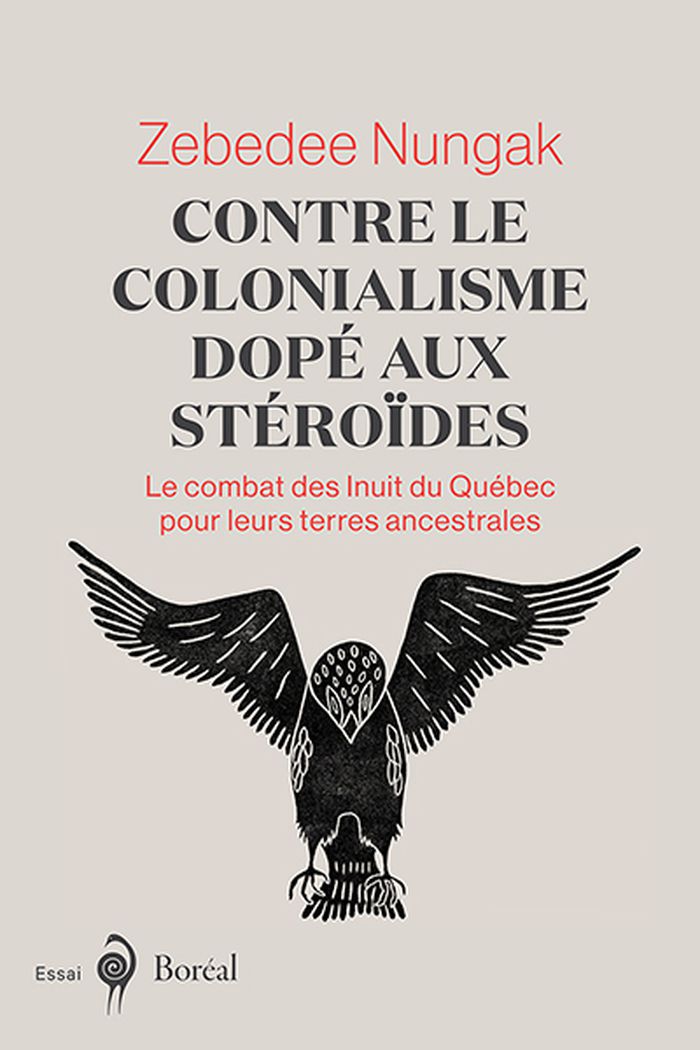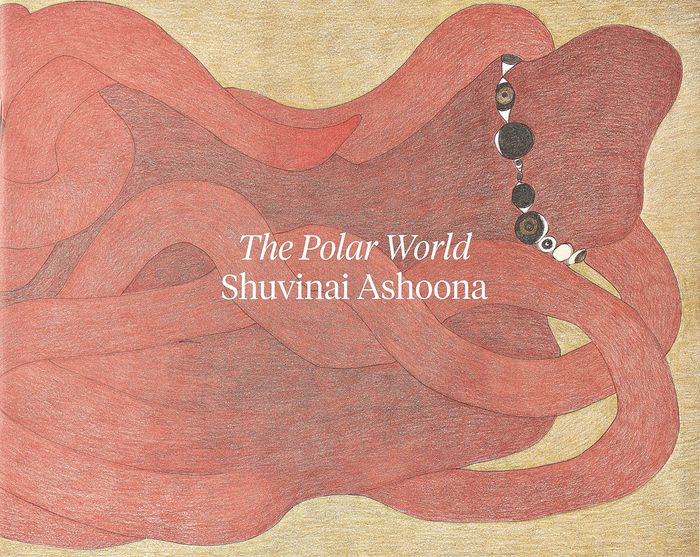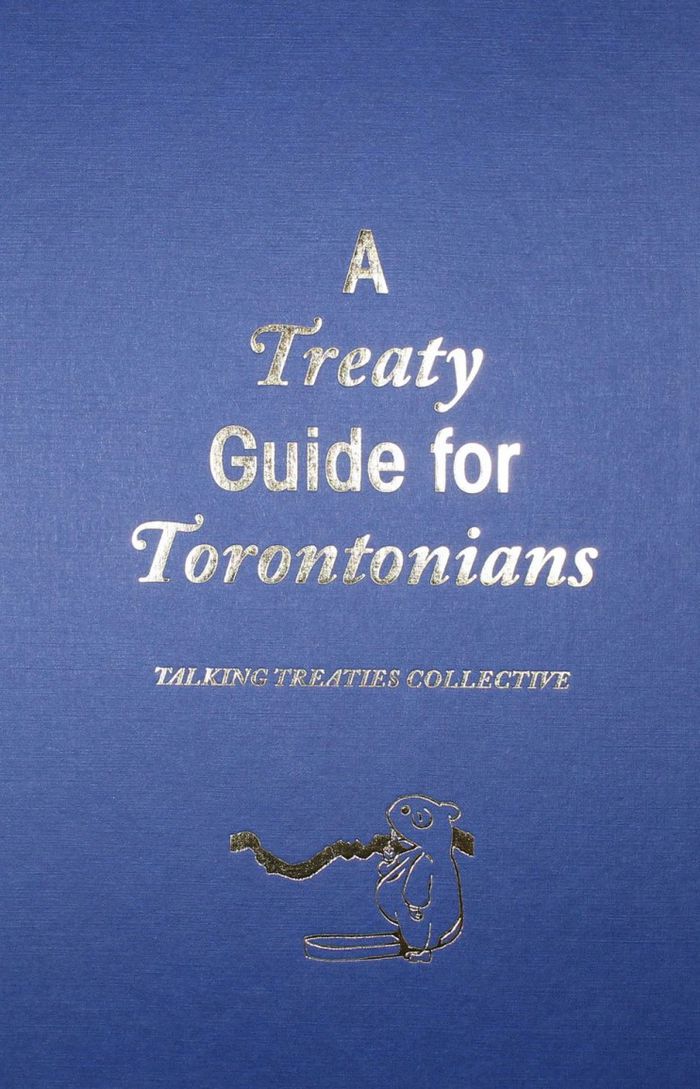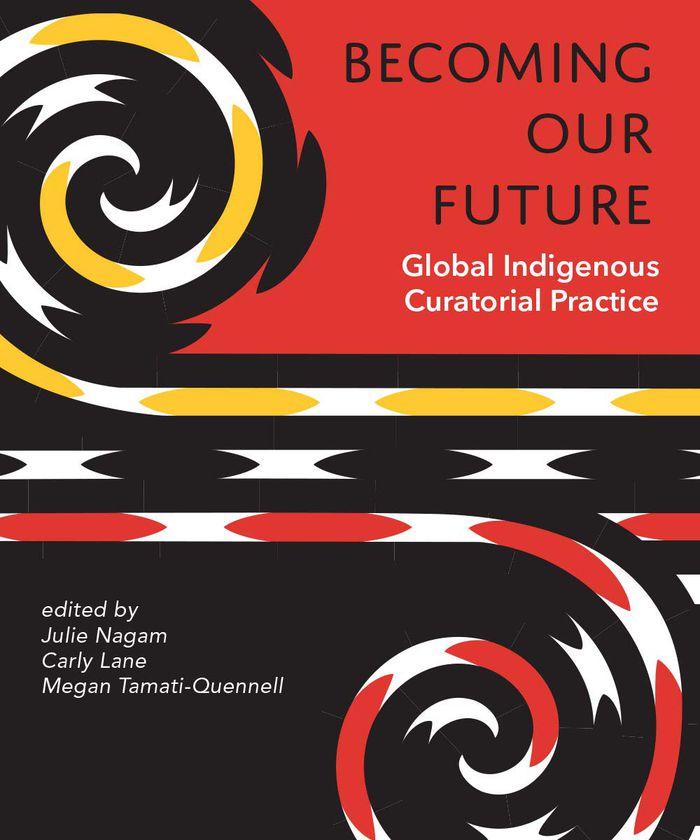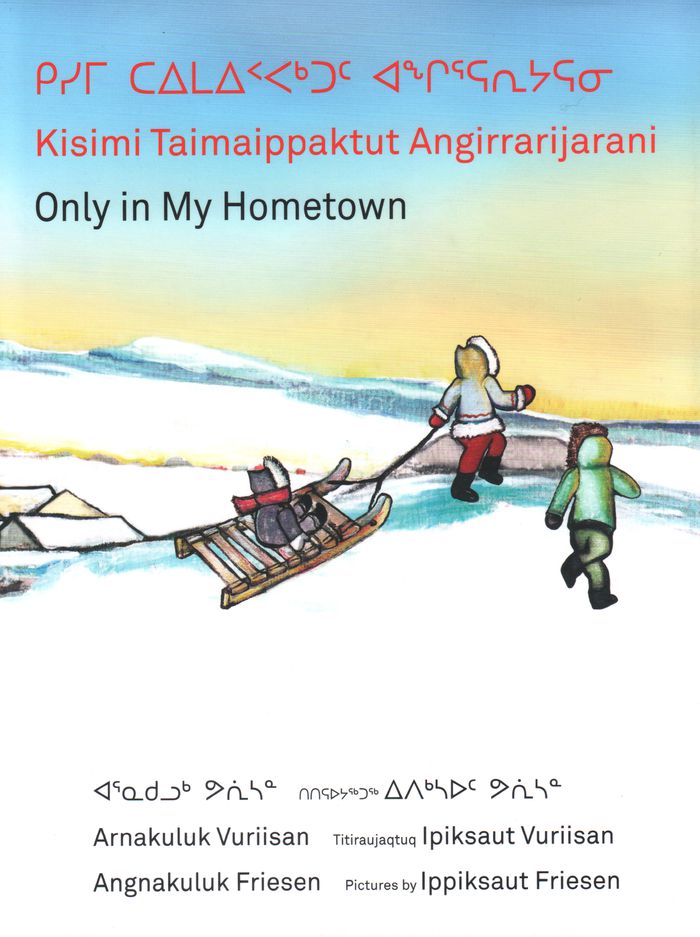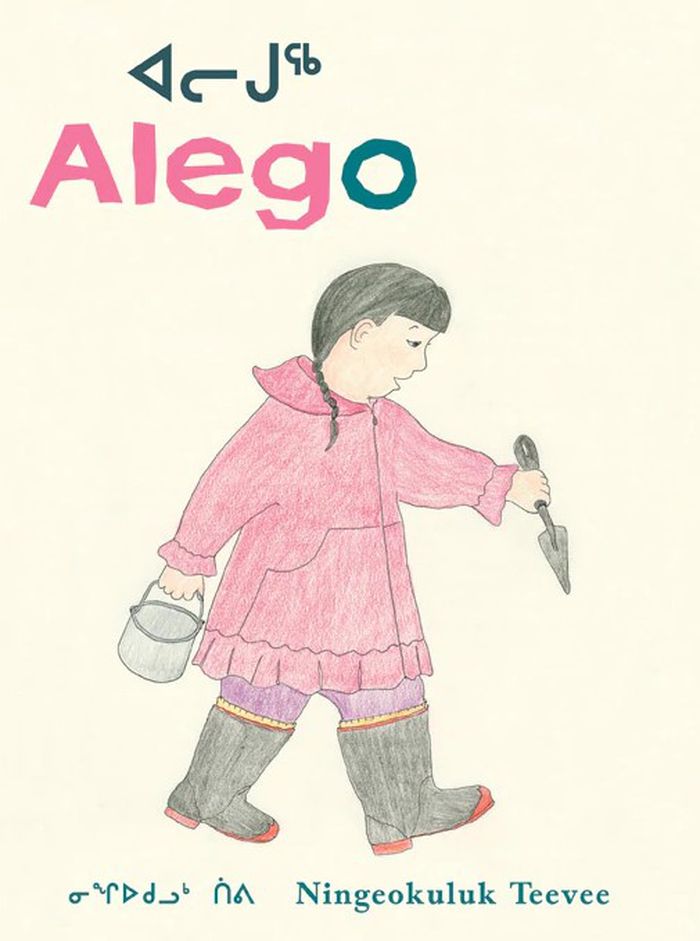$34.99
(disponible sur commande)
Résumé:
Originally published in 1974, this book is a critical work of Indigenous political activism that has long been out of print. George Manuel, a leader in the North American Indian movement at that time, with coauthor journalist Michael Posluns, presents a rich historical document that traces the struggle for Indigenous survival as a nation, a culture, and a reality. The(...)
The Fourth World: An Indian reality
Actions:
Prix:
$34.99
(disponible sur commande)
Résumé:
Originally published in 1974, this book is a critical work of Indigenous political activism that has long been out of print. George Manuel, a leader in the North American Indian movement at that time, with coauthor journalist Michael Posluns, presents a rich historical document that traces the struggle for Indigenous survival as a nation, a culture, and a reality. The authors shed light on alternatives for coexistence that would take place in the Fourth World—an alternative to the new world, the old world, and the Third World. Manuel was the first to develop this concept of the “fourth world” to describe the place occupied by Indigenous nations within colonial nation-states. Accompanied by a new introduction and afterword, this book is as poignant and provocative today as it was when first published.
$34.95
(disponible sur commande)
Résumé:
This anthology by members of the Mohawk Warrior Society uncovers a hidden history and paints a bold portrait of the spectacular experience of Kanien'kehá:ka survival and self-defense. Providing extensive documentation, context, and analysis, the book features foundational writings by prolific visual artist and polemicist Louis Karoniaktajeh Hall (1918–1993)—such as his(...)
The Mohawk Warrior Society: auto-history of the Rotisken'rhakéhte
Actions:
Prix:
$34.95
(disponible sur commande)
Résumé:
This anthology by members of the Mohawk Warrior Society uncovers a hidden history and paints a bold portrait of the spectacular experience of Kanien'kehá:ka survival and self-defense. Providing extensive documentation, context, and analysis, the book features foundational writings by prolific visual artist and polemicist Louis Karoniaktajeh Hall (1918–1993)—such as his landmark 1979 pamphlet, The Warrior’s Handbook, as well as selections of his pioneering artwork. This book contains new oral history by key figures of the Rotisken'rhakéhte's revival in the 1970s, and tells the story of the Warriors’ famous flag, their armed occupation of Ganienkeh in 1974, and the role of their constitution, the Great Peace, in guiding their commitment to freedom and independence. We hear directly the story of how the Kanien'kehá:ka Longhouse became one the most militant resistance groups in North America, gaining international attention with the Oka Crisis of 1990. This auto-history of the Rotisken'rhakéhte is complemented by a Mohawk history timeline from colonization to the present, a glossary of Mohawk political philosophy, and a new map of Iroquoia in Mohawk language. At last, the Mohawk Warriors can tell their own story with their own voices, and to serve as an example and inspiration for future generations struggling against the environmental, cultural, and social devastation cast upon the modern world.
Contre le colonialisme dopé aux stéroïdes : le combat des Inuit du Québec pour leurs terres ance
$18.95
(disponible en magasin)
Résumé:
Pour les Québécois, le projet hydroélectrique de la Baie-James, lancé en 1971, a marqué le point culminant de la Révolution tranquille. C’était la prise de possession, physique et symbolique, de l’ensemble du territoire sur lequel le peuple du Québec était destiné à connaître enfin son plein épanouissement. Et si ce grand projet avait un côté sombre ? Et si, en affirmant(...)
Contre le colonialisme dopé aux stéroïdes : le combat des Inuit du Québec pour leurs terres ance
Actions:
Prix:
$18.95
(disponible en magasin)
Résumé:
Pour les Québécois, le projet hydroélectrique de la Baie-James, lancé en 1971, a marqué le point culminant de la Révolution tranquille. C’était la prise de possession, physique et symbolique, de l’ensemble du territoire sur lequel le peuple du Québec était destiné à connaître enfin son plein épanouissement. Et si ce grand projet avait un côté sombre ? Et si, en affirmant notre langue, notre culture et notre emprise sur le territoire, nous avions été sourds et aveugles à l’attachement d’un autre peuple à sa langue, à sa culture et au territoire que ses ancêtres occupaient depuis des millénaires ? Choquant, dérangeant, exprimant des vérités sur lesquelles on préférerait parfois fermer les yeux, ce livre est un document essentiel pour comprendre le point de vue des Inuit dans le bras de fer qui les a opposés à Québec. C’est une occasion unique d’entendre une voix qui a eu bien peu d’échos au Sud et, pour les Québécois, de faire un examen de conscience salutaire quant à la façon dont ils ont, par le passé, transigé avec les Premières Nations.
Autochtone
The polar world
$4.95
(disponible en magasin)
Résumé:
This publication combines fantasy and reality: giant squids, hybrids, and humanoid figures dance across Shuvinai Ashoona’s sensual vistas, lending a surreal quality to her work. Springing her imagination but rooted in the landscape of her Kinngait home, ''The polar world'' combines Ashoona’s drawings from her 2017 exhibition with a narrative by Andrew Hunter.
janvier 2017
The polar world
Actions:
Prix:
$4.95
(disponible en magasin)
Résumé:
This publication combines fantasy and reality: giant squids, hybrids, and humanoid figures dance across Shuvinai Ashoona’s sensual vistas, lending a surreal quality to her work. Springing her imagination but rooted in the landscape of her Kinngait home, ''The polar world'' combines Ashoona’s drawings from her 2017 exhibition with a narrative by Andrew Hunter.
$55.00
(disponible sur commande)
Résumé:
Bringing together fifteen scholars of art and culture, ''Unsettling Canadian art history'' addresses the visual and material culture of settler colonialism, enslavement, and racialized diasporas in the contested white settler state of Canada. This collection offers new avenues for scholarship on art, archives, and creative practice by rethinking histories of Canadian(...)
Unsettling Canadian Art History
Actions:
Prix:
$55.00
(disponible sur commande)
Résumé:
Bringing together fifteen scholars of art and culture, ''Unsettling Canadian art history'' addresses the visual and material culture of settler colonialism, enslavement, and racialized diasporas in the contested white settler state of Canada. This collection offers new avenues for scholarship on art, archives, and creative practice by rethinking histories of Canadian colonialisms from Black, Indigenous, racialized, feminist, queer, trans, and Two-Spirit perspectives. Writing across many positionalities, contributors offer chapters that disrupt colonial archives of art and culture, excavating and reconstructing radical Black, Indigenous, and racialized diasporic creation and experience. Exploring the racist frameworks that continue to erase histories of violence and resistance, this book imagines the expansive possibilities of a decolonial future. ''Unsettling Canadian art history'' affirms the importance of collaborative conversations and work in the effort to unsettle scholarship in Canadian art and culture.
$50.00
(disponible en magasin)
Résumé:
Part of Jumblies Theatre & Arts’s multi-year “Talking Treaties project”, this volume is an artful examination of the complex intercultural roots of treaty relationships in the place we now call Toronto. Scholarly and historical research is complemented by outdoor activities, theatrical pursuits and contemporary writing prompts that help readers explore the modern-day(...)
juin 2022
A treaty guide for Torontonians
Actions:
Prix:
$50.00
(disponible en magasin)
Résumé:
Part of Jumblies Theatre & Arts’s multi-year “Talking Treaties project”, this volume is an artful examination of the complex intercultural roots of treaty relationships in the place we now call Toronto. Scholarly and historical research is complemented by outdoor activities, theatrical pursuits and contemporary writing prompts that help readers explore the modern-day subjective and physical embodiment of treaty relations. This combination of art-based research and Toronto specific knowledge inspires an active approach to treaty awareness through embodied learning tools.
$22.00
(disponible sur commande)
Résumé:
This book explores the parallels between safeguarding the Arctic and the survival of Inuit culture, of which the author's own background is such an extraordinary example. This is a human story of resilience, commitment, and survival told from the unique vantage point of an Inuk woman who, in spite of many obstacles, rose from humble beginnings in the Arctic to become one(...)
The right to be cold: One woman's story of protecting her culture
Actions:
Prix:
$22.00
(disponible sur commande)
Résumé:
This book explores the parallels between safeguarding the Arctic and the survival of Inuit culture, of which the author's own background is such an extraordinary example. This is a human story of resilience, commitment, and survival told from the unique vantage point of an Inuk woman who, in spite of many obstacles, rose from humble beginnings in the Arctic to become one of the most influential and decorated environmental, cultural, and human rights advocates in the world.
Autochtone
$40.00
(disponible sur commande)
Résumé:
This volume explores how Indigenous visual art and culture operate within and from a structural framework that is unique within the cultural milieu. Through a selection of contributions by Indigenous curators, artists, and scholars brings together perspectives that define curatorial practices, and at the same time postulates Indigenous sovereignty and self-determination(...)
mai 2020
Becoming our future: Global indigenous curatorial practice
Actions:
Prix:
$40.00
(disponible sur commande)
Résumé:
This volume explores how Indigenous visual art and culture operate within and from a structural framework that is unique within the cultural milieu. Through a selection of contributions by Indigenous curators, artists, and scholars brings together perspectives that define curatorial practices, and at the same time postulates Indigenous sovereignty and self-determination within the three countries. These compelling essays begin to unearth the connections and historical moments that draw Indigenous curatorial practices together and the differences that set them apart.
$18.95
(disponible en magasin)
Résumé:
Sisters Angnakuluk Friesen and Ippiksaut Friesen collaborate on this story about what it’s like to grow up in an Inuit community in Nunavut. Every line about the hometown in this book will have readers thinking about what makes their own hometowns unique. With strong social studies curriculum connections, this book introduces young readers to life in the Canadian North,(...)
mai 2017
Kisimi Taimaippaktut Angirrarijarani / Only in My Hometown
Actions:
Prix:
$18.95
(disponible en magasin)
Résumé:
Sisters Angnakuluk Friesen and Ippiksaut Friesen collaborate on this story about what it’s like to grow up in an Inuit community in Nunavut. Every line about the hometown in this book will have readers thinking about what makes their own hometowns unique. With strong social studies curriculum connections, this book introduces young readers to life in the Canadian North, as well as the Inuit language and culture. Angnakuluk’s simple text, translated into Inuktitut and written out in syllabics and transliterated roman characters, is complemented by Ippiksaut’s warm paintings of their shared hometown.
Alego
$17.99
(disponible en magasin)
Résumé:
Written and illustrated by Ningeokuluk Teevee, one of the most interesting young artists in Cape Dorset, home to the great tradition of Inuit art, this is a beautifully simple story, written in Inuktitut and English, about a young Inuit girl who goes to the shore with her grandmother to collect clams for supper. Along the way she discovers tide pools brimming with life –(...)
Alego
Actions:
Prix:
$17.99
(disponible en magasin)
Résumé:
Written and illustrated by Ningeokuluk Teevee, one of the most interesting young artists in Cape Dorset, home to the great tradition of Inuit art, this is a beautifully simple story, written in Inuktitut and English, about a young Inuit girl who goes to the shore with her grandmother to collect clams for supper. Along the way she discovers tide pools brimming with life – a bright orange starfish, a creepy-crawly thing with many legs called an ugjunnaq, a hornshaped sea snail and a sculpin. This is an enchanting and utterly authentic introduction to the life of an Inuit child and her world.
